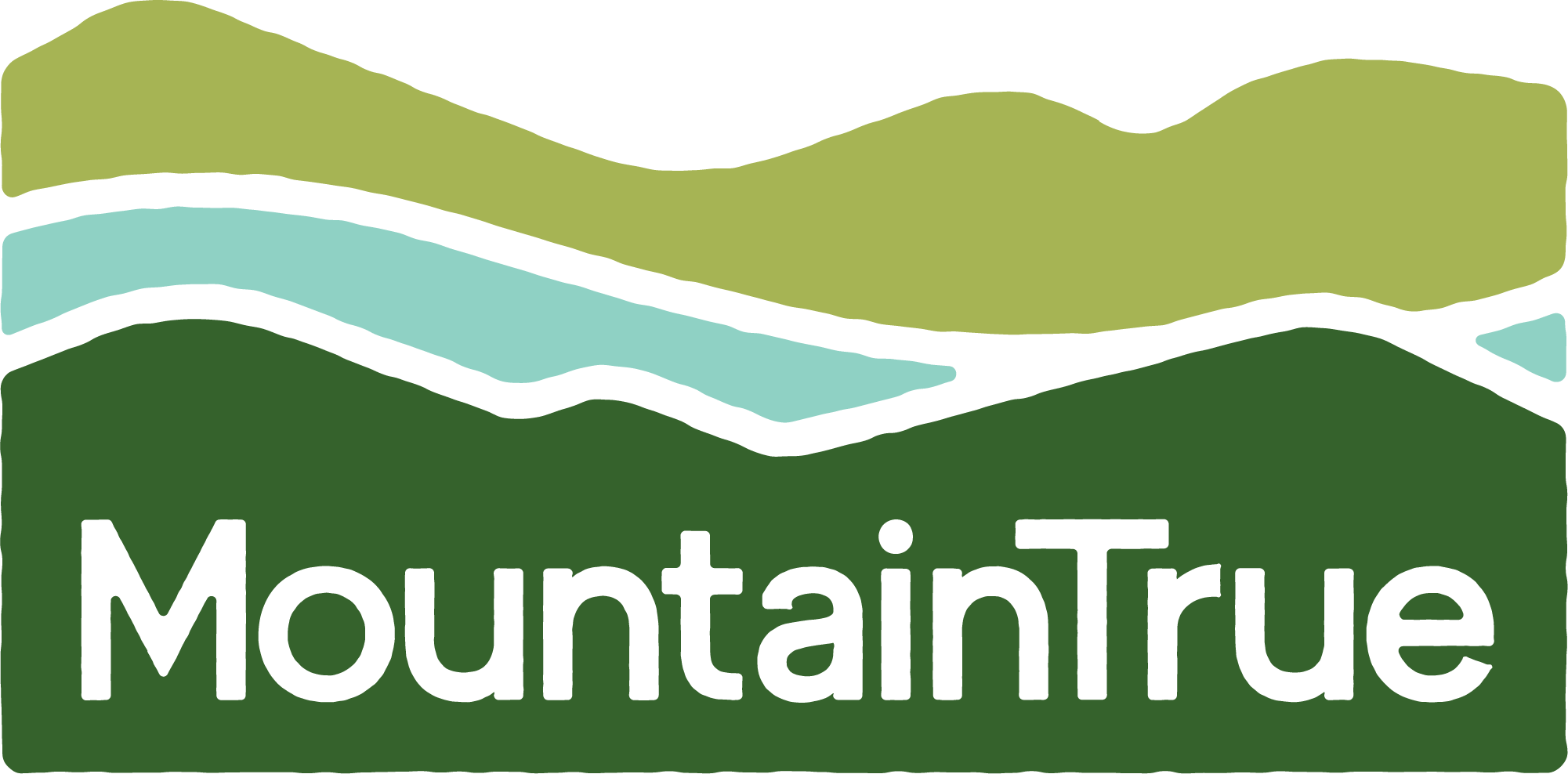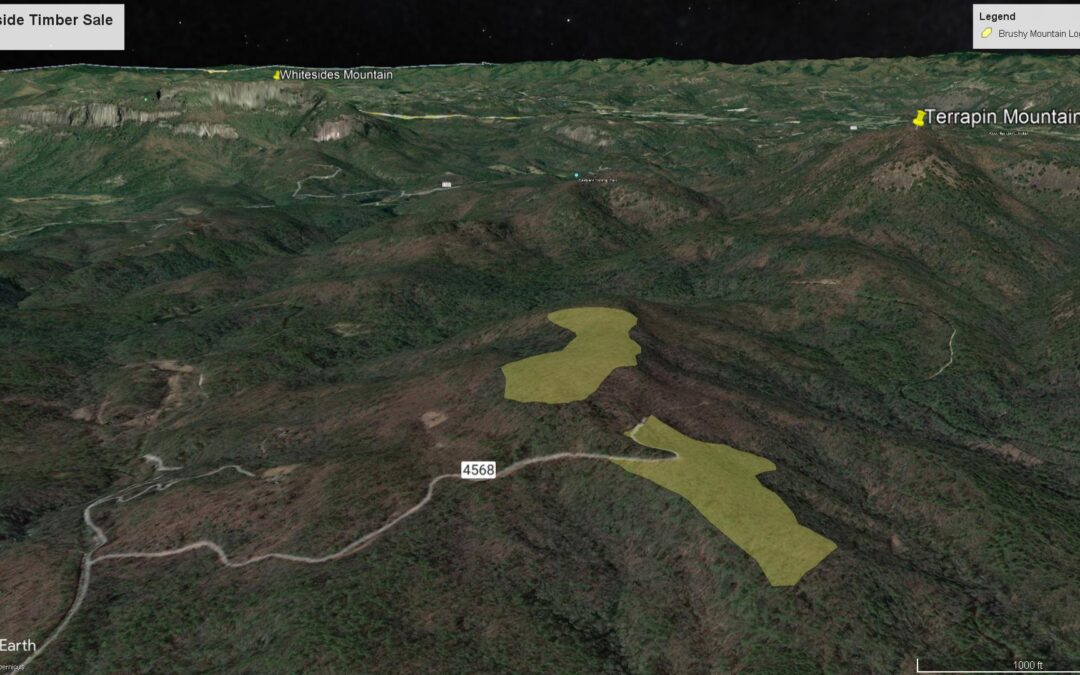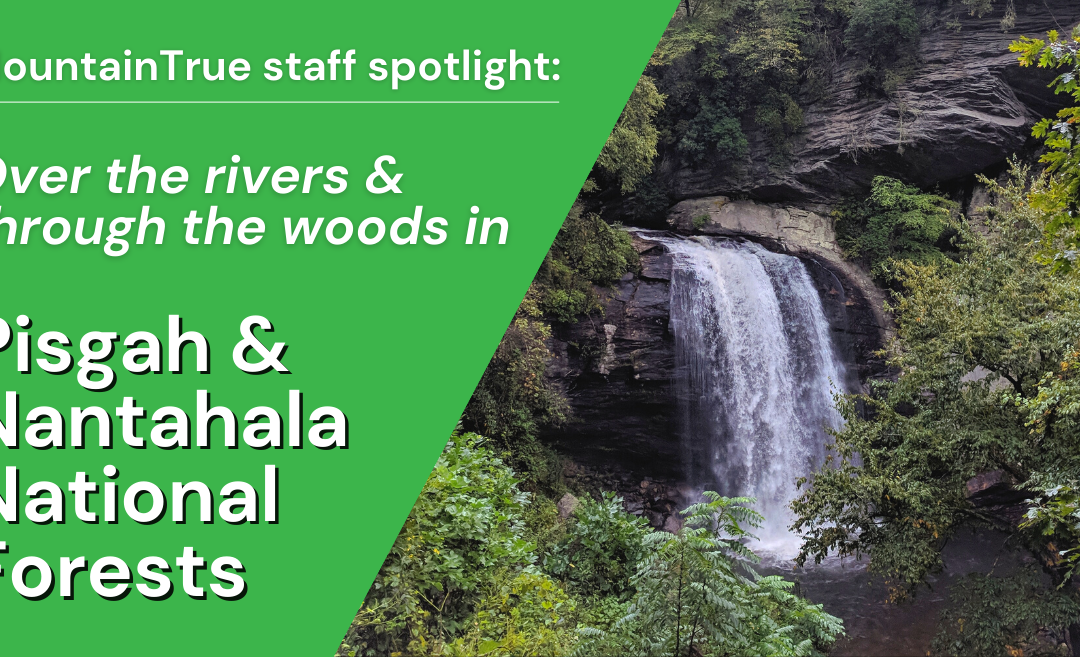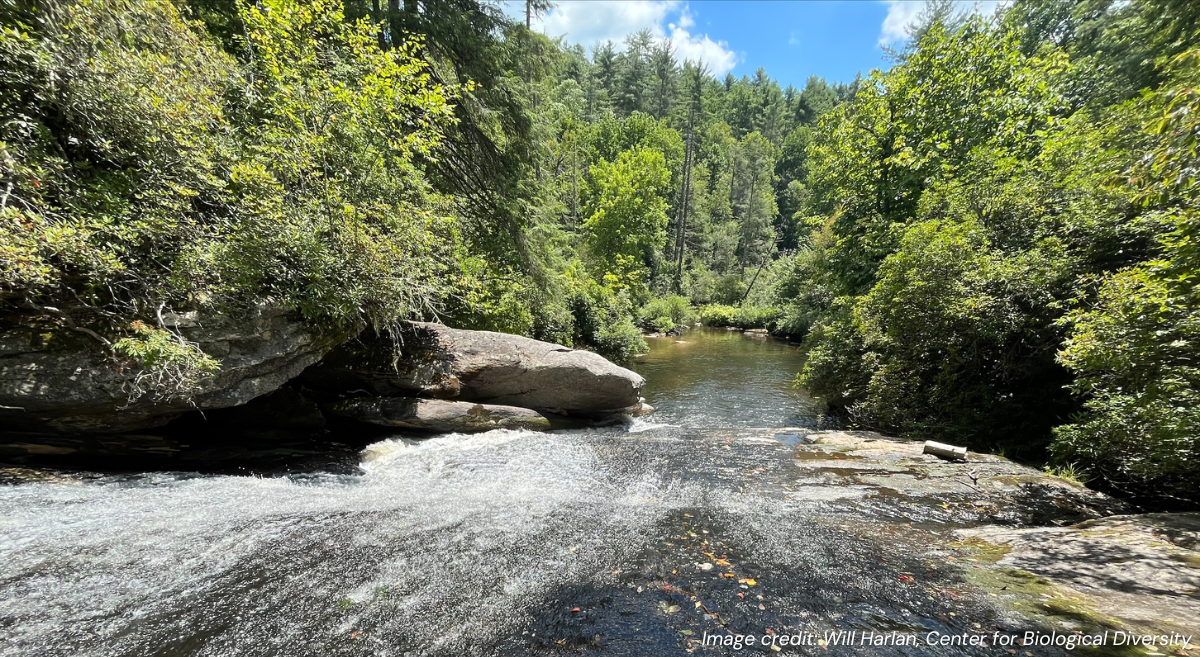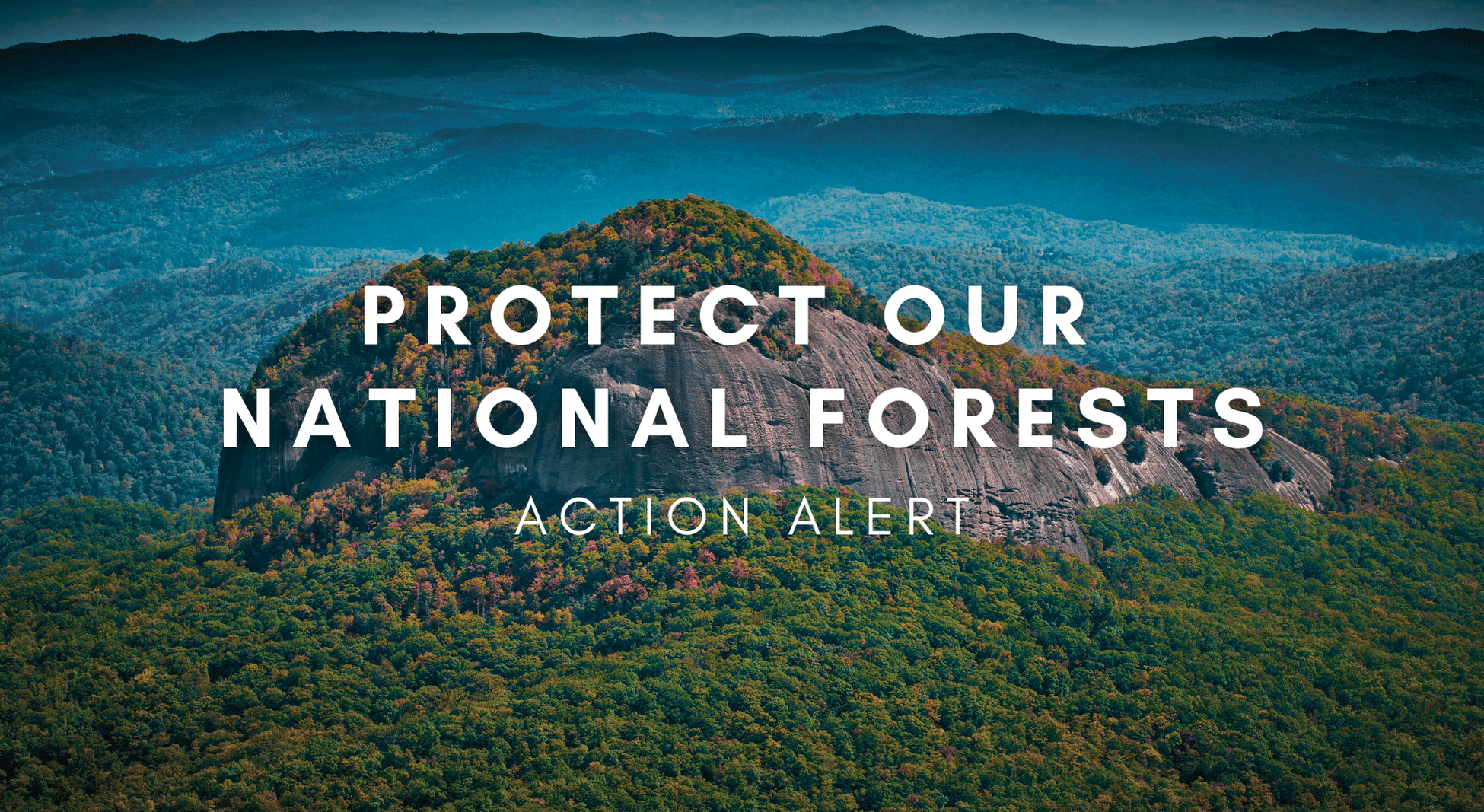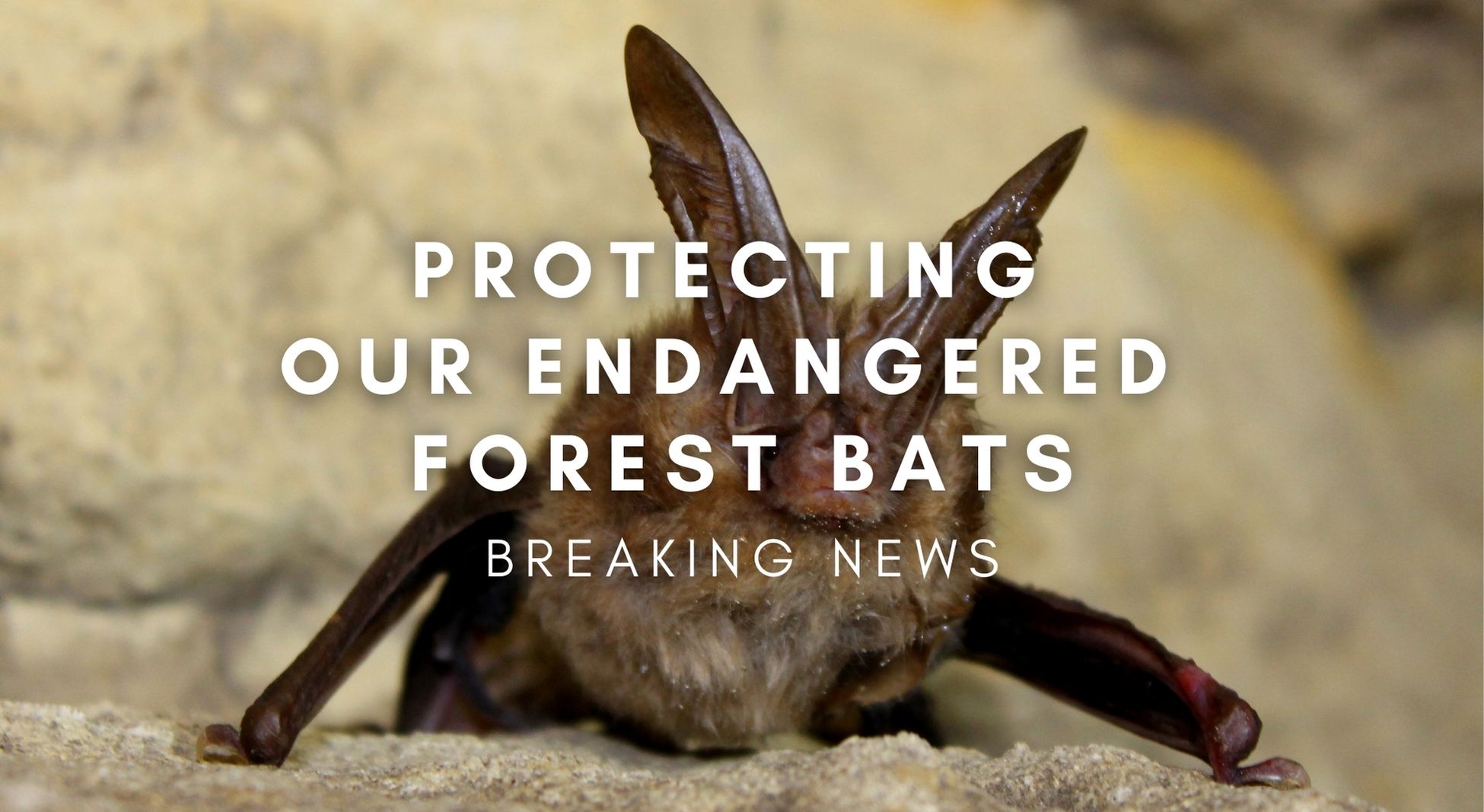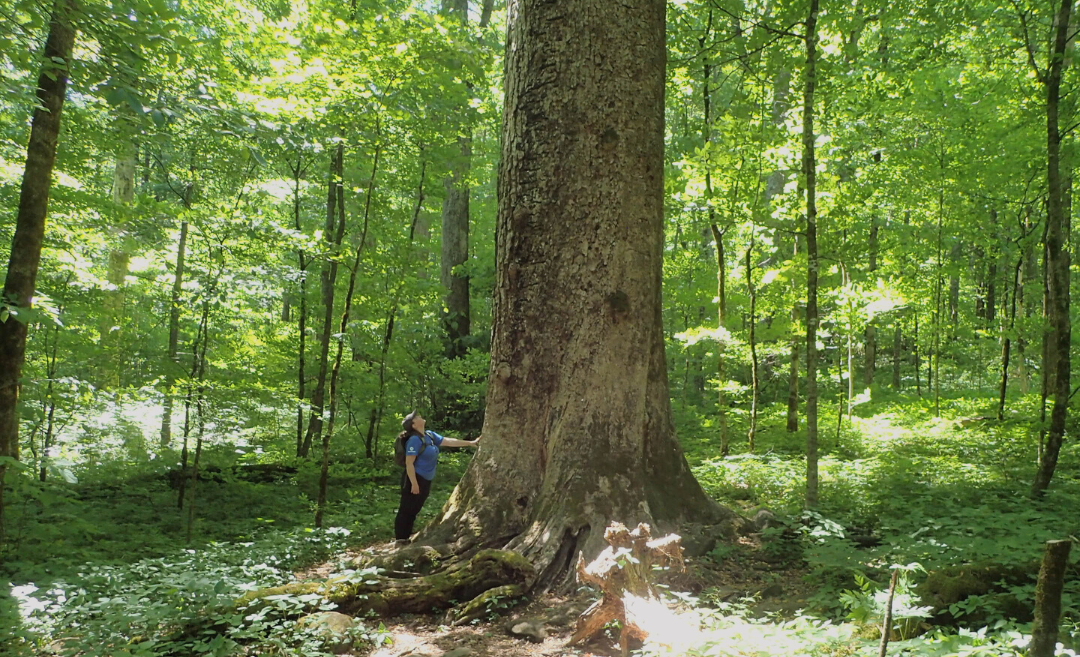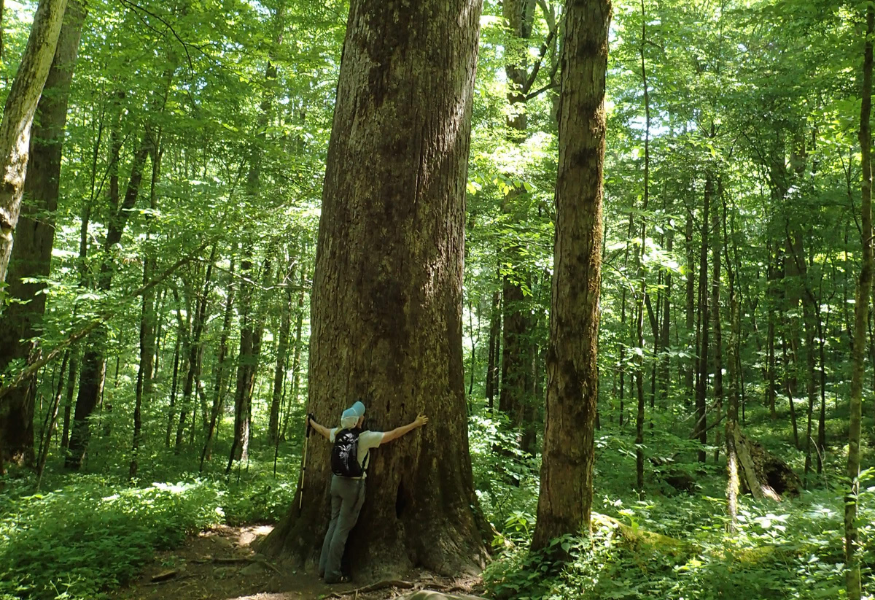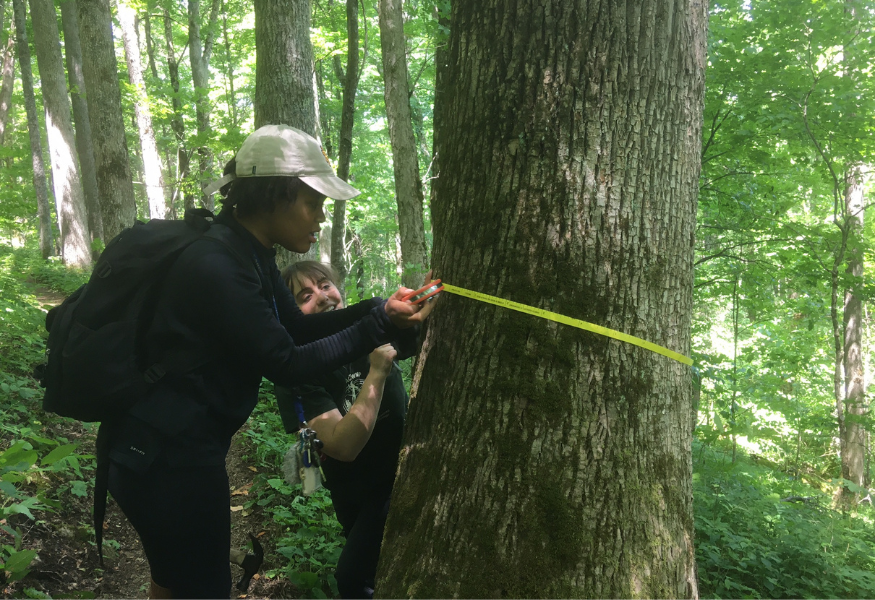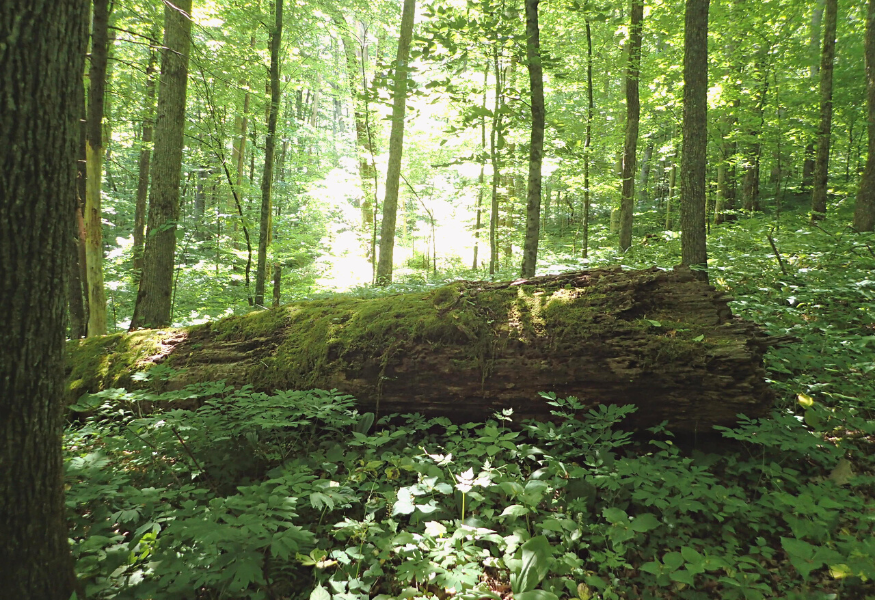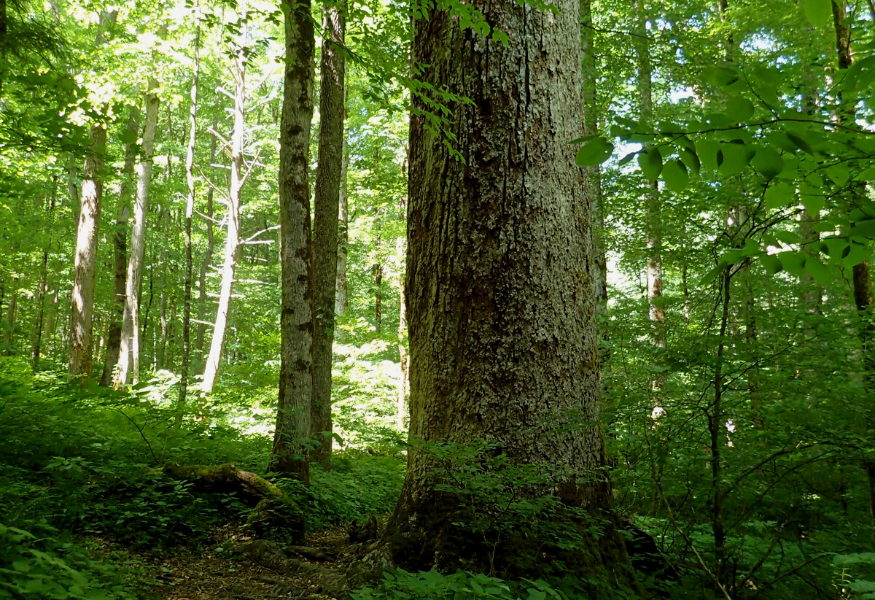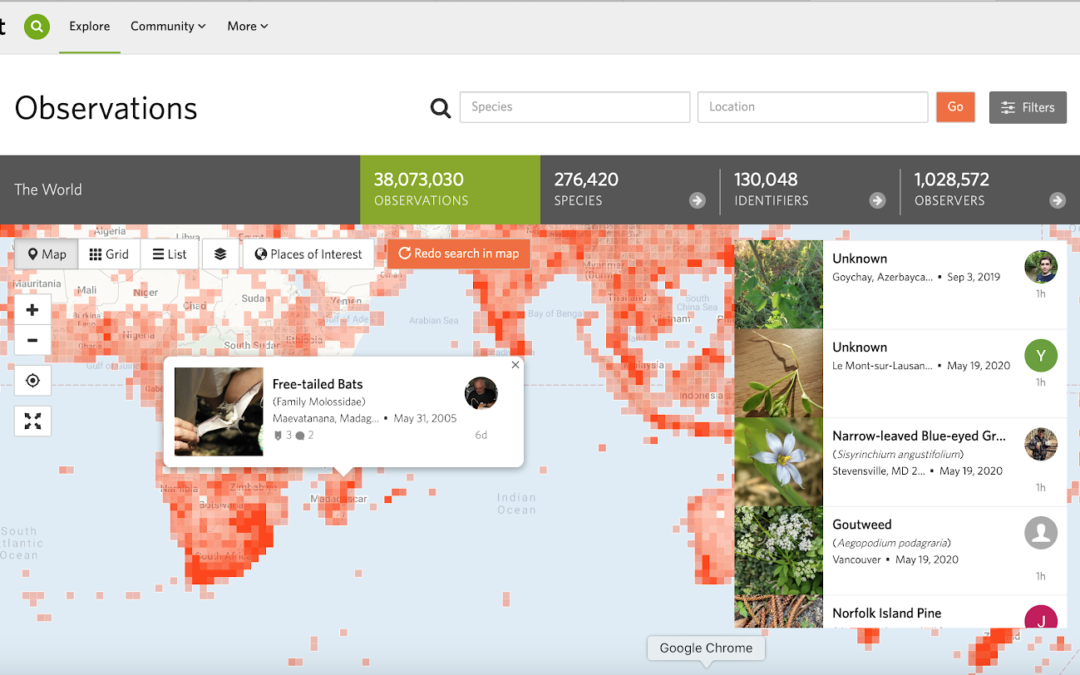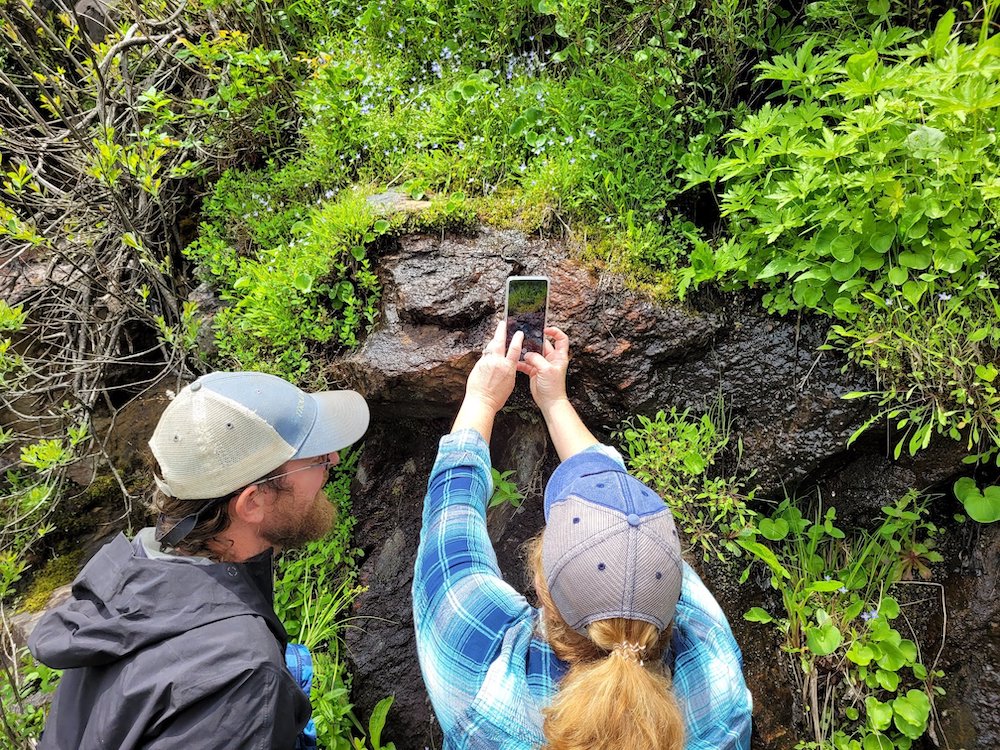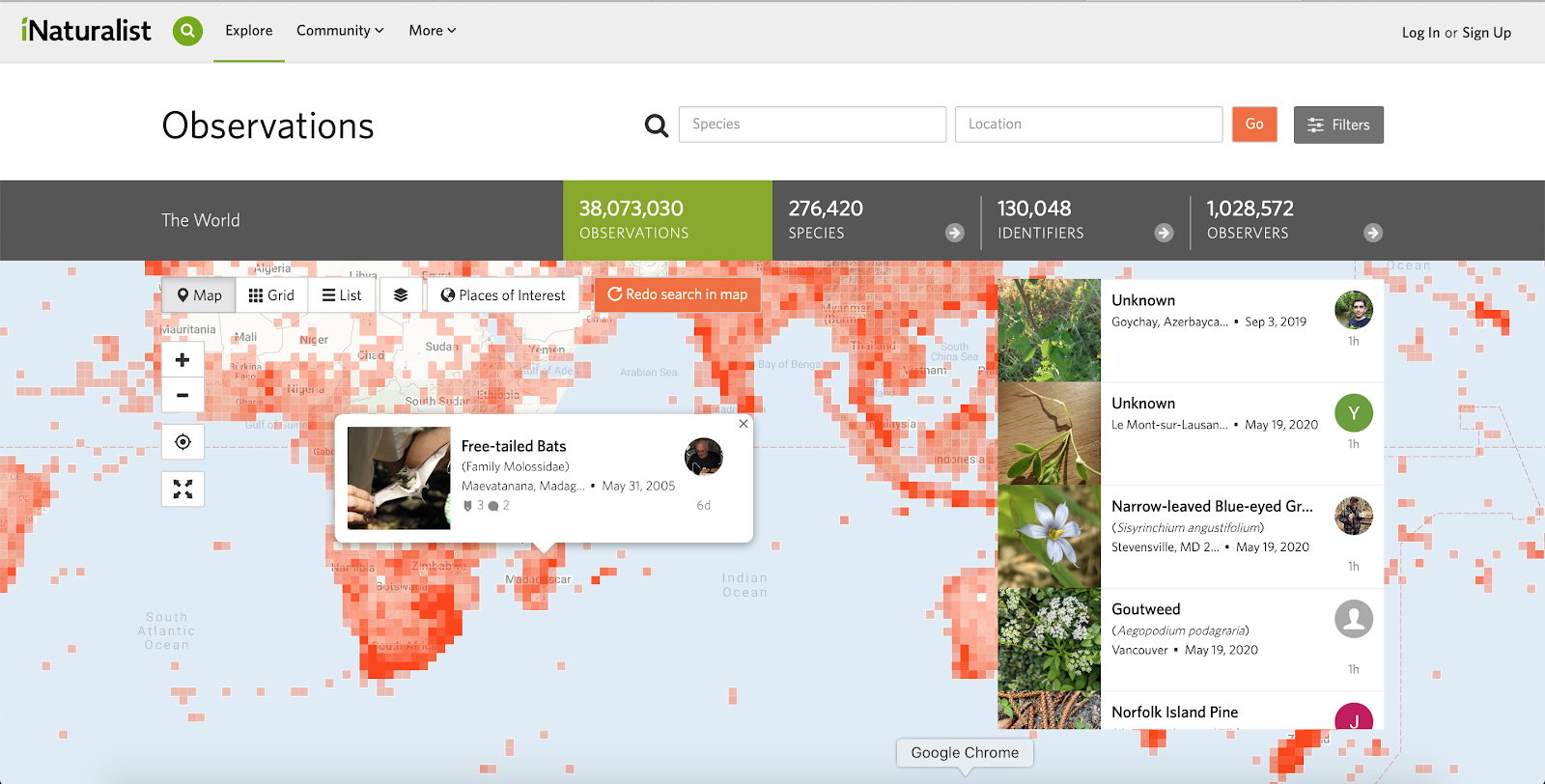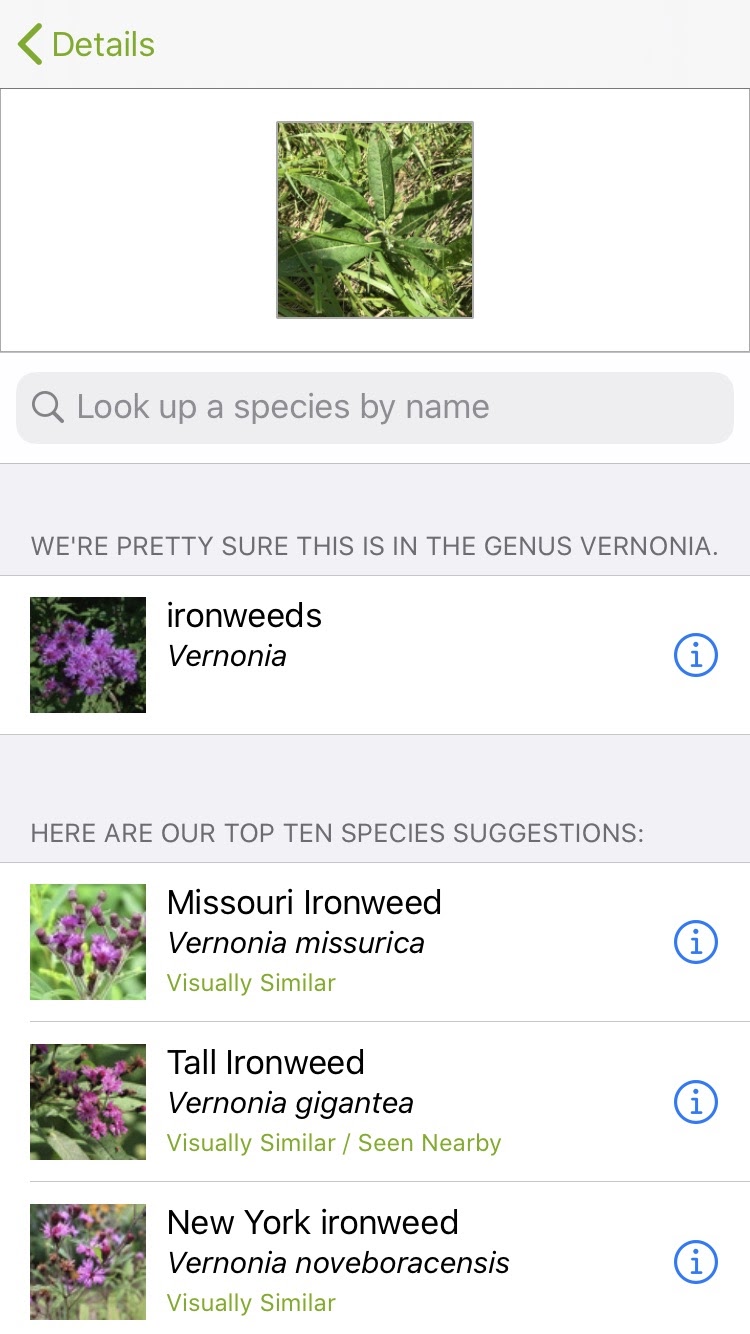The Madison County Planning Board is expected to vote on whether to recommend changes to the...
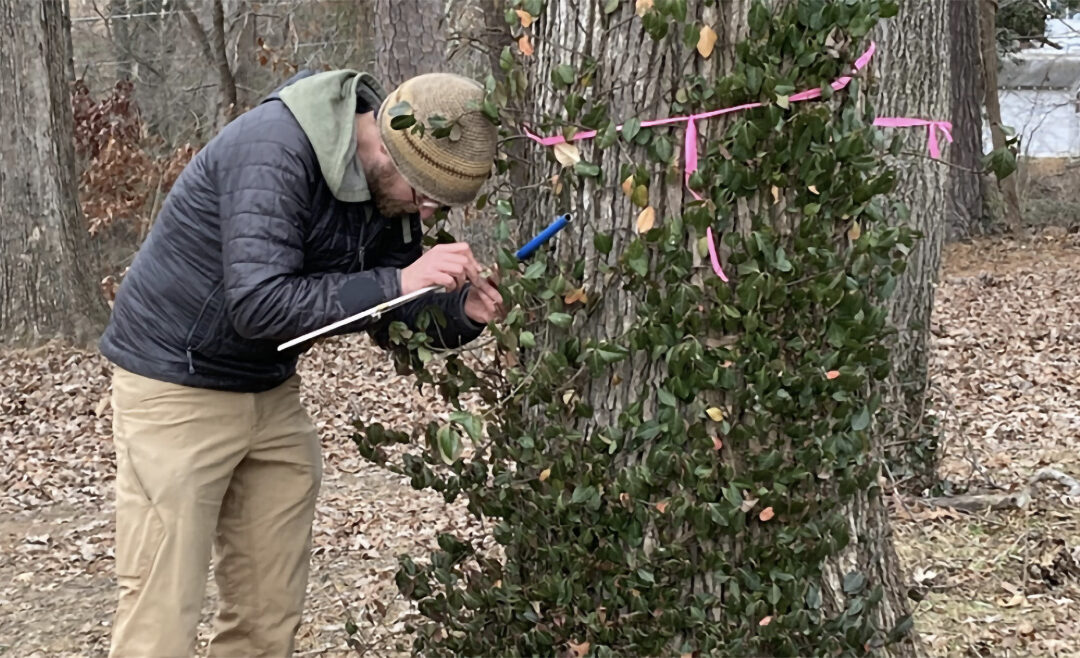
Helping A Member Save the Trees of the Asheville Muni Golf Course
Helping A Member Save the Trees of the Asheville Muni Golf Course
On Saturday, December 3rd, 2022, I got an email from Nancy Casey, a MountainTrue member, about a proposal to cut 157 trees from the Asheville Municipal Golf Course. Nancy Casey is a resident of the Beverly Hills neighborhood and is active with the Blue Ridge Audubon. Nancy frequently walks and birds around the golf course. She can tell you what birds to expect at various times of the year at each hole and has documented some rare species, like brown-headed nuthatch and pine siskins, using the trees on the course, and knows where the local hawks nest there.
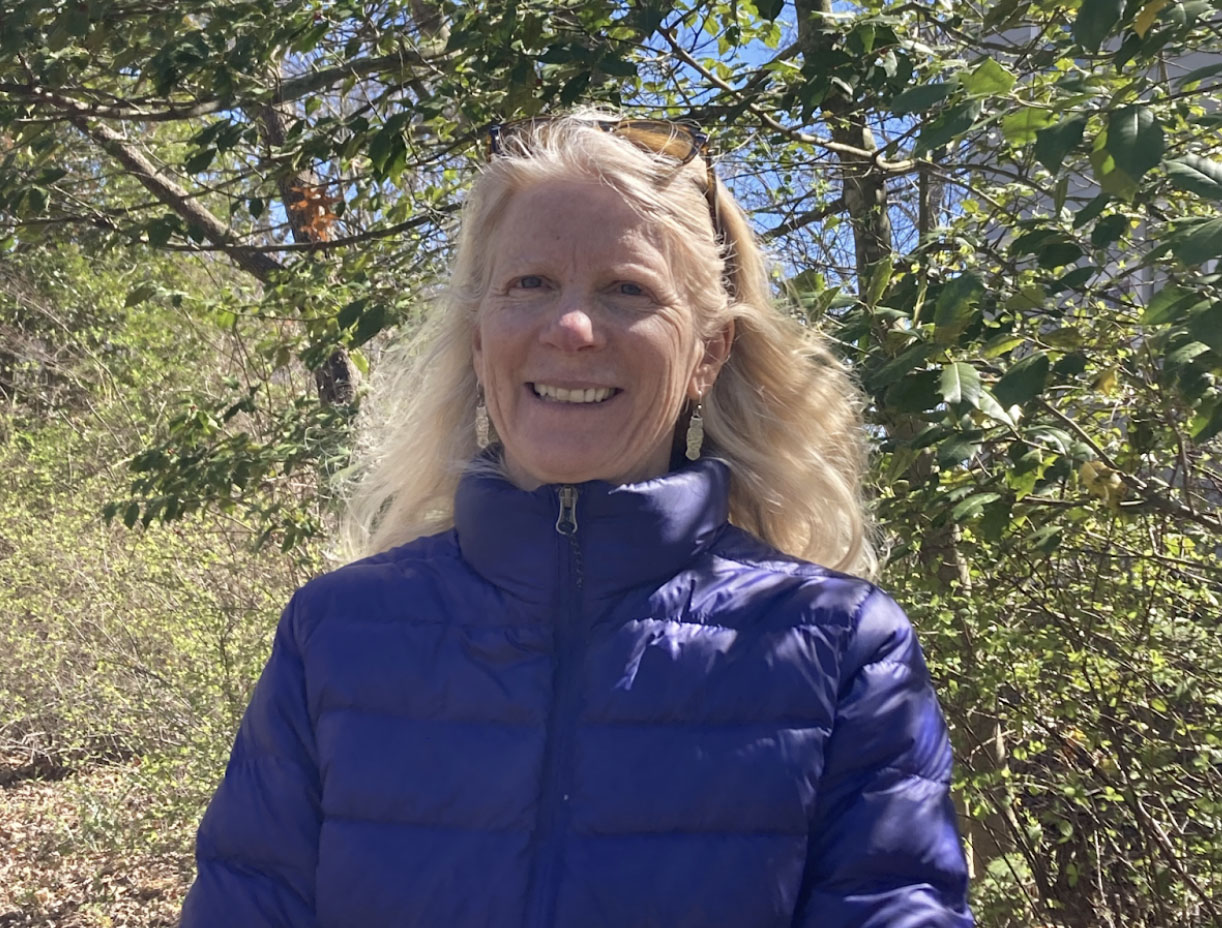
Nancy Casey
The Asheville Golf Course is a local treasure. It was constructed in 1927 and was the first golf course in the southeast to integrate in 1954. It remains an affordable and accessible course today. The old trees that line the golf course add historical significance. Trees over 100 years are common on the course, and some are over 200 years old.
In addition to golf, the Municipal Course is a wonderful place to take a walk along shaded streets in the Beverly Hills neighborhood and is used by walkers, runners, and birders. I know the Asheville Golf Course as a nice place to forage for mushrooms amid the mature oak trees that line the course, so I was concerned when I looked into the details of the proposal. There were some very large trees on the list, and from what I know of the Municipal Golf Course, I suspected that some of them probably didn’t need to be removed.
With a comment deadline looming on Dec 5th, I wrote a letter to the City Council and the Urban Forestry Commission asking for them to reconsider the plan. I also watched a recording of the December 5th Urban Forestry Commission meeting to learn more about the specifics. I then emailed Mark Foster, the Arborist for the City, and Chris Corl, general manager of special facilities for the City, and requested a site tour. Chris and Mark obliged, and Nancy, Bob Gale, and I met them for a tour on December 13.
On the tour, we learned that the previous concessionaire for the Municipal Golf Course had been negligent with the grounds. The paved paths were in bad condition, and many of the greens and fairways were eroded with compacted soil and lacked grass. The city had received a large grant to spruce up the course, and part of that was to do needed tree work. Where reasonable minds differed on the proposal was that some of the trees were to be cut to allow more light for grass to grow. It seemed to me that most of the grass issues were due to poor soil conditions and trampling.
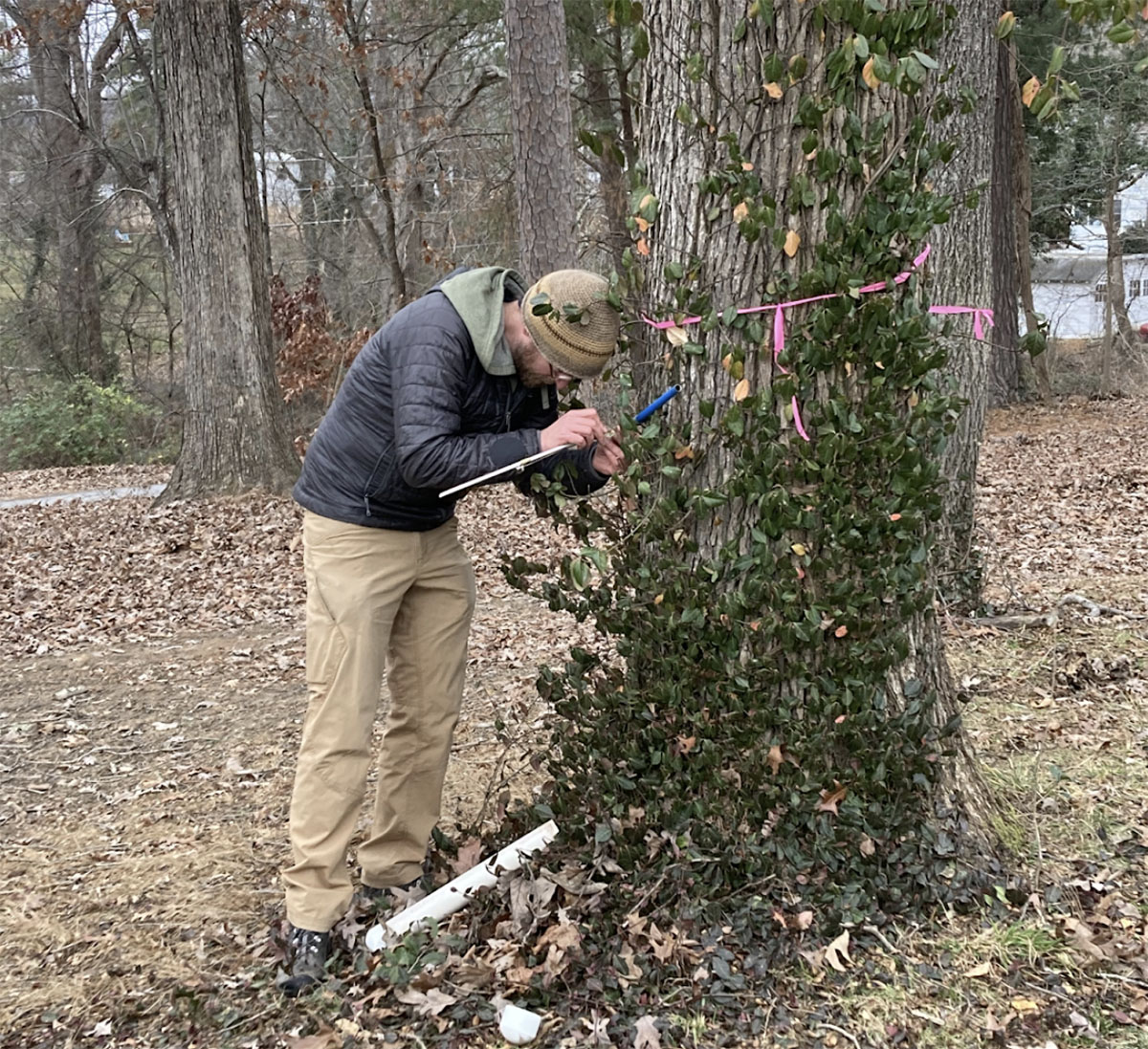
Josh Kelly takes a tree core sample to determine the age of a 120-year-old white oak that was saved from removal.
We also learned that the City Arborist did not nominate each tree for removal. As we visited each green and checked on the trees, Mark was disappointed to find that some of the trees had been misidentified and the reasons given for removal were not always accurate. There were some trees that needed to be removed for safety reasons that were not marked, and others marked for removal that were in good condition. At the end of the tour, Mark and Chris let us know that the list would be updated.
In early January, a new list of tree work at the Municipal Golf Course was released, and 46 trees — mostly large, old oak trees — would no longer be cut down. While I still don’t agree with some of the trees that were removed, I think the final outcome was acceptable and a big improvement. Overall, the interactions with the City Staff were positive, and I was very impressed with their professionalism. Nancy’s activism and leadership were key for raising awareness in the community and turning out more than 100 concerned letters and emails. I would have been unaware of the controversy if not for her efforts. I think MountainTrue brought more expertise to the conversation.
While Nancy is the hero of this story, I’m glad I was able to help. Nancy said, “your work really helped turn the tide!” MountainTrue’s history is filled with normal people who banded together to make a difference. Even now, when MountainTrue’s paid staff is larger than ever, a big part of our job remains helping normal people protect the shared resources of their communities.
